Vitebsk is the Mecca of Belarusian artists, the birthplace of Marc Chagall and Ossip Zadkine. This is a city of three rivers and five landscape tiers, where tourists rush for a spirit of the empty old brick-styled streets and a couple of clubs with inexpensive concerts. Latvians, Poles, Belarusians, Jews and Russians were adding spices to the salad bowl of this city for a thousand of years. The city defended the eastern borders of the Polotsk Duchy, Grand Duchy of Lithuania and the Polish-Lithuanian Commonwealth. During the Russian Empire times there studied the first female doctor of philosophy, and also the world's first parachute jump by Mrs. Drevnickaja happened here.The citizens were greatly depopulated during the second World War and the Stalinist purges. In its new revival in the early twentieth century, the city raised the flag with the profiles of Chagall and Malevich on it, and started sculpting the new brand: Vitebsk is the city of painters.
contents:
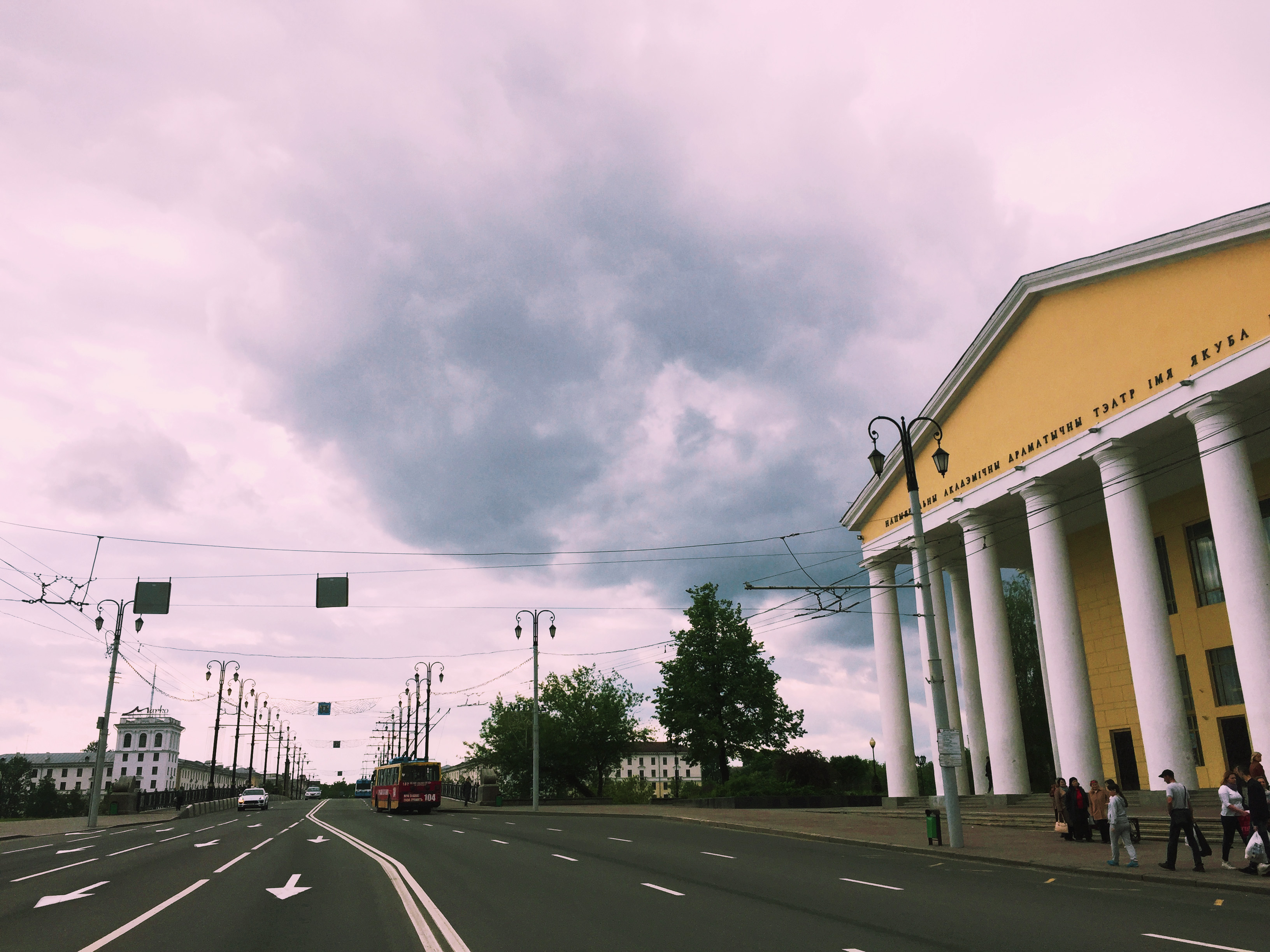
![]() Getting here is easier than it may seem. It is 180 kilometers distance from Mogilev, Homel is 340 km away, Grodno is 550 km away, and Brest is at a distance of 660 km. It is only 300 km of comfy road to Vitebsk from the capital of Belarus, Minsk. There are nine direct trains from Minsk to Vitebsk that run from 6 am until 1 am. It will take you 3.5 hours during the day ride and 6 or even 9.5 hours in case you take the night train. The price of € 6.2 is virtually the lowest in Europe over such a distance, and also it includes bedclothes. Find tickets on the website of the Belarusian railway. If you have to choose, we suggest taking the "branded" train No. 704B and 052B.
Getting here is easier than it may seem. It is 180 kilometers distance from Mogilev, Homel is 340 km away, Grodno is 550 km away, and Brest is at a distance of 660 km. It is only 300 km of comfy road to Vitebsk from the capital of Belarus, Minsk. There are nine direct trains from Minsk to Vitebsk that run from 6 am until 1 am. It will take you 3.5 hours during the day ride and 6 or even 9.5 hours in case you take the night train. The price of € 6.2 is virtually the lowest in Europe over such a distance, and also it includes bedclothes. Find tickets on the website of the Belarusian railway. If you have to choose, we suggest taking the "branded" train No. 704B and 052B.
![]() Buses and minibuses leave from the central bus station of Minsk and go 4-5 hours depending on where they make stops on the route. Price range is € 6-10.
Buses and minibuses leave from the central bus station of Minsk and go 4-5 hours depending on where they make stops on the route. Price range is € 6-10.
![]() Also there are private minibuses that run from Minsk to Vitebsk and backward every hour. These ones run nonstop and often reach the final destination in 3.5 hours. The price is € 4-6, depending on the season.
Also there are private minibuses that run from Minsk to Vitebsk and backward every hour. These ones run nonstop and often reach the final destination in 3.5 hours. The price is € 4-6, depending on the season.
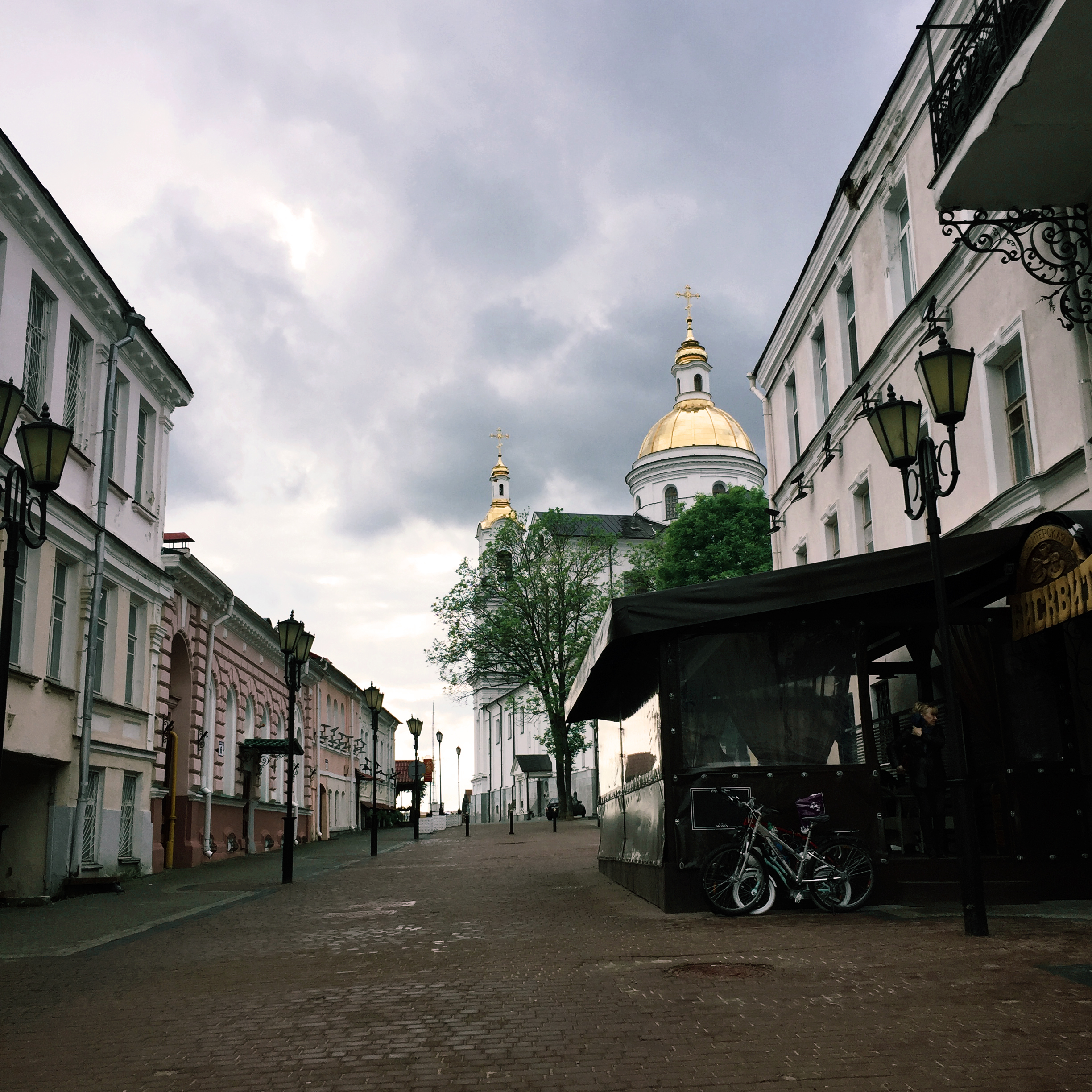
Thanks to the "Slavianski Bazaar" there are many hotels in Vitebsk now. Unfortunately, most of them are not budget-friendly.
![]() Hotel Profsoyuznaya (Pravdy str., 8A) won't serve breakfast, but the room has a set of utensils and some technical equipment. It is located in the heart of the city (prices start from € 31 per night in a double room).
Hotel Profsoyuznaya (Pravdy str., 8A) won't serve breakfast, but the room has a set of utensils and some technical equipment. It is located in the heart of the city (prices start from € 31 per night in a double room).
![]() Fans of experiments may try living in Dvina (Ilinskogo str., 41/18), which is a hotel in the style of Stalin's Empire with the first elevator built in the town. Please, don't expect a top-notch remodeling; the most valuable thing here is the view from the window on the Dvina River and the historic city center (still, not all the rooms have this option, so ask for it when booking accommodation). The price here is € 31.
Fans of experiments may try living in Dvina (Ilinskogo str., 41/18), which is a hotel in the style of Stalin's Empire with the first elevator built in the town. Please, don't expect a top-notch remodeling; the most valuable thing here is the view from the window on the Dvina River and the historic city center (still, not all the rooms have this option, so ask for it when booking accommodation). The price here is € 31.
![]() One stop from the railway station the Hotel Gubernskiy is situated (Komsomolskaya str., 11-5). Breakfast is an option here, there is a restaurant, a cozy quiet courtyard and the rooms themselves are pretty convenient (€ 26 single room, € 36 for a double).
One stop from the railway station the Hotel Gubernskiy is situated (Komsomolskaya str., 11-5). Breakfast is an option here, there is a restaurant, a cozy quiet courtyard and the rooms themselves are pretty convenient (€ 26 single room, € 36 for a double).
![]() While walking down the pedestrian center you may find Hostel XO (Suvorov str., 10/2). Its conditions are pretty good if you need just a place to shake down for the night. There are rooms for 2-12 people. Among advantages- secluded courtyard, coffee shop, and the city center is near at hand. € 5 per bed in a room for 12 persons, € 20 for a room with two beds.
While walking down the pedestrian center you may find Hostel XO (Suvorov str., 10/2). Its conditions are pretty good if you need just a place to shake down for the night. There are rooms for 2-12 people. Among advantages- secluded courtyard, coffee shop, and the city center is near at hand. € 5 per bed in a room for 12 persons, € 20 for a room with two beds.
![]() The most famous Vitebsk hotels are Eridan (Sovietskaya str., 21-17) – € 50 per double room, Luchesa (Stroiteley blvd, 1) priced € 34 and Vitebsk (Zamkovaya str., 5/2A) that costs € 27.
The most famous Vitebsk hotels are Eridan (Sovietskaya str., 21-17) – € 50 per double room, Luchesa (Stroiteley blvd, 1) priced € 34 and Vitebsk (Zamkovaya str., 5/2A) that costs € 27.
![]() Also, there are hundreds of apartments for daily rent. Here you are some links: Iz Ruk v Ruki, OLX.by, Kvartirant.by, KvartiraNaSutki.by.
Also, there are hundreds of apartments for daily rent. Here you are some links: Iz Ruk v Ruki, OLX.by, Kvartirant.by, KvartiraNaSutki.by.
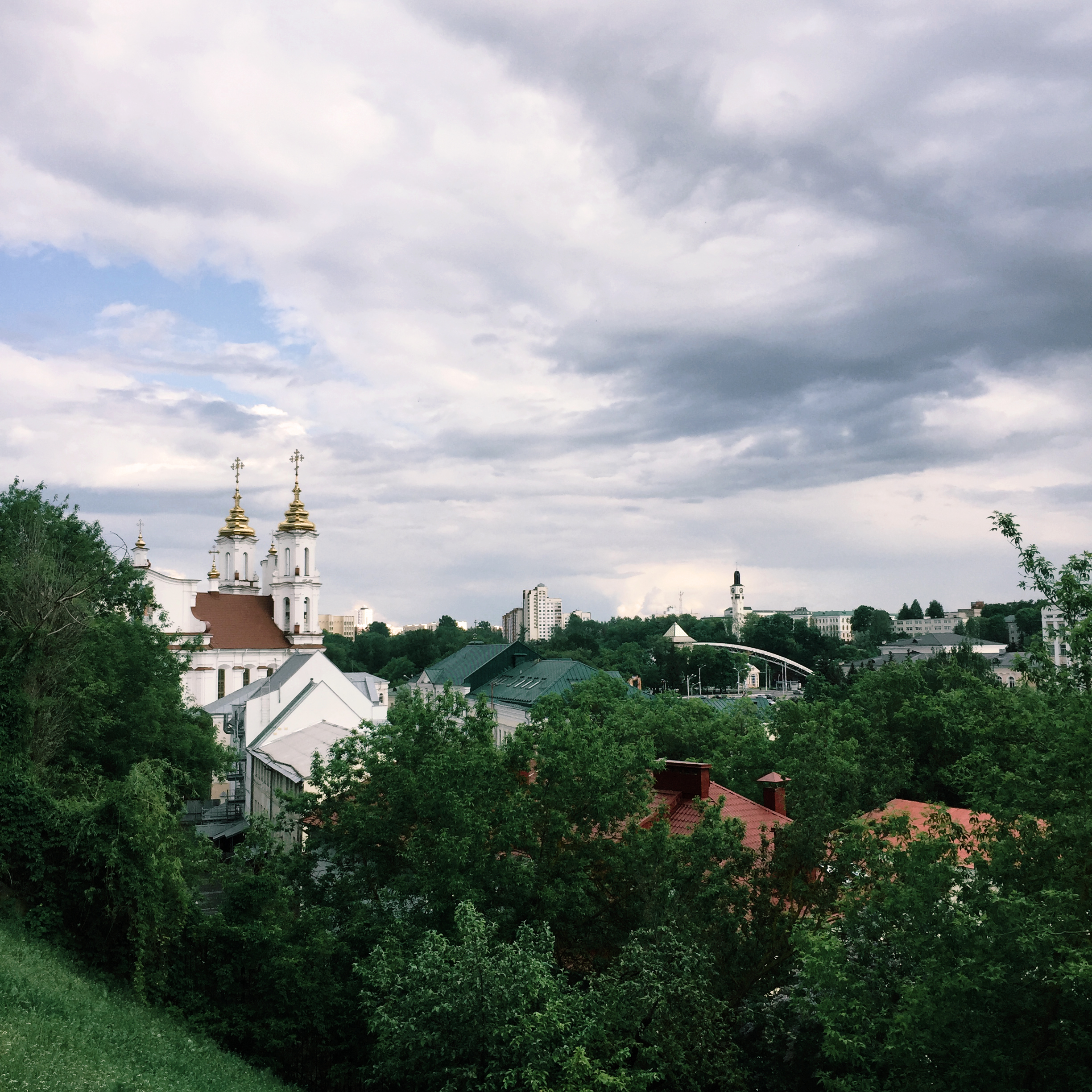
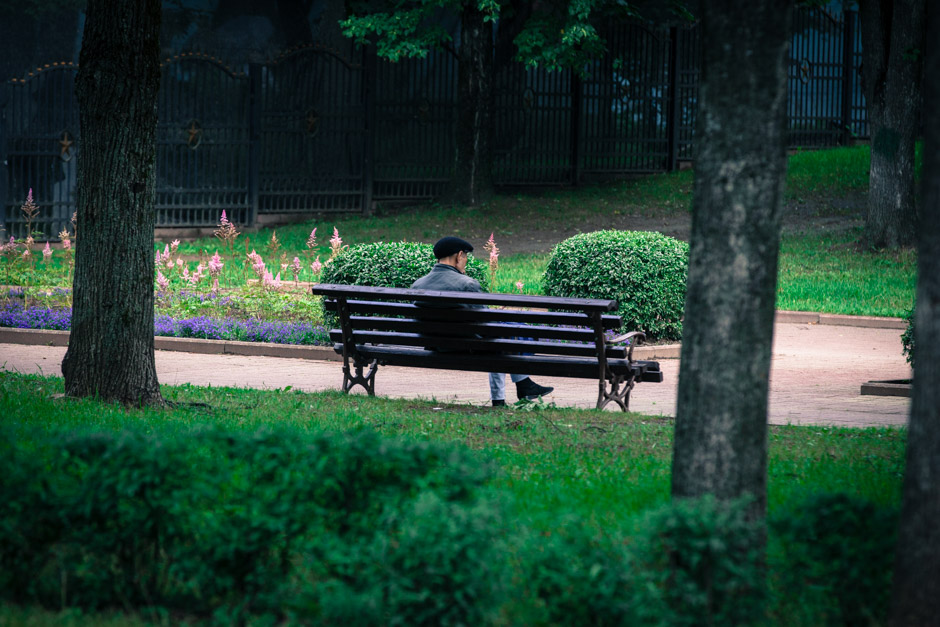
The city center of Vitebsk with a basic set of sights can be explored on foot, with no need to use any transport. The standard program begins with a Tysiacheletya Square. Here you may have a look at the reconstruction of the Blagovestchenie Cathedral, which was the first stone building in Vitebsk. You may touch the 900-year-old walls in places where there's no stucco. All above is the reconstruction of 1998. Next to the temple is a stone in honor of the 2000 anniversary of Christianity. If you take a close look at it, you may find an unusual coat of arms of Vitebsk: profile of the Saviour, i.e. the head of Christ, with the sword underneath it.
Next, we're heading to the beautiful high bank of the Dvina River to the Yakub Kolas theater, where the long pedestrian zone begins. Lions at the Pushkin bridge recall that the reconstruction of the bridge was funded by the Marko factory and the predators jumped here from its logo. Beyond the bridge to the right stood a house where Lazar Lagin lived.
High stairs lead up to the largest Vitebsk cathedral – Uspensky Cathedral (Commissar Krylov str., 9), but before reaching it, it is better to turn right to the Tolstoy street, with its late 19th – early 20th centuries buildings. On the place where "Nikolaevskiy hutorok" is currently situated, was the House of a famous physician, Karl von Gibental. Being an amateur sculptor, he invented the use of plaster for medical purposes, but it was the year of 1812, and the invention was abandoned for forty years.
On the Ratusha square you're welcome to have a look at the Ratusha (City Hall) itself (Lenin str., 36), which is an authentic 18th-century building. Voskresenskaya Church is a classy example of Baroque (Suvorova str., 2). Opposite this church is a source of pride of the every Vitebsk citizen – equestrian monument dedicated to Grand Duke of Lithuania Algirdas.
Historic street Vzgorskaya is named after Alexander Suvorov now. The corner building No. 3, which is easily recognizable by the "spire with mace", is fully covered with Memorial plaques. Previously, here was the art college of Vitebsk. Before the Second World War broke out, it was the place where famous Belarusian novelist Vasil Bykov received his art education. The future writer first studied at the scenic faculty, and then he and some of his fellow students were transferred by order of the Headmaster to the faculty of sculpture. Studios were located in the basement, their windows can still be seen. Commemorative plaque to Vasil Bykov is placed rightmost.
The Krylova street is connected with the famous Russian fable writer, but actually, it's not the case. To be true, the street is named after a commissioner. It is the only street, that kept the entire historic ensemble. That's why in the year of 2012 Aleksandr Mitta was shooting a film Chagall-Malevich in this street. On the building No. 2 is hanging the plaque dedicated to Nicholaj Kasperovich, one of the founders of the local lore in Belarus. During the Russian Empire times, the local Order of Masons located in the house of the counsel Volkovich (Krylova str., 10). On the opposite side of the street, the Orthodox religious seminary is situated and it was here even in the 19th century.
The street ends with the reconstruction of the magnificent Uspenskiy Cathedral. At the time of the accession of Vitebsk to the Russian Empire, there were no Orthodox churches at all. New administrators had no place to pray, so the largest Uniate church was quickly reused for these needs of the new guests. The temple was blasted in 1936 and restored in 2000-s. And here is the former Bazilian monastery (Putna str., 2) that keeps the authenticity of the 18th century. By the way, on the 5th of February, 1898 it hosted the first in the Belarusian lands cinema performance.
A wide sidewalk along the Dvina River in the park would lead you to the square of the year of 1812. The top interest place here is a classicistic building of the former manor of the nobility and the Palace of the Governors (Sovetskaya str., 18). The French Emperor Napoleon spent two weeks there: he welcomed the parade from the balcony, celebrated his birthday and took the worst decision in his life – he decided to conquer Moscow.
In the center of the park, there is a monument in a memory of the battle of Vitebsk that took place in the summer of 1812. Granite stele is damaged, but not by vandals – it was damaged during bombings of World War II. At the farther end of the park, you will find Vitebsk musical College with the monument to Ivan Sollertinsky behind it. Also, there's situated Marc Chagall Art Center (but don't confuse this building with the House-Museum, that is placed across the river).
There are two stationary theaters in the city. Yakub Kolas National Academic theater (Zamkovaya str., 2) is a must see. Theater "Lialka" (Pushkina str., 2) is a small one, and tickets are hard to get there, but you won't definitely regret visiting it.
To those, who are fans of in-depth programs, we suggest you to take a walk on the other side of the river, which is opposite to the historic center. Here you can explore salt warehouses of the 18th century (Tchaikovsky str., 3), the monument to the Belarusian and Polish cosmonauts Pyotr Klimuk and Miroslav Germashevskiy (in the square opposite to Dimitrov str., 32). Former Jewish quarters with red hundred-year-old buildings are situated nearby. These buildings may be found on the following streets: Krasina, Revolucionnaya, Pokrovskaya, and Sovietskoj Armii. At the intersection of the last three stands a monument of Vitebsk artist No.1 – Marc Chagall. Nearby stands the Vitebsk brewery (Iliinskogo str., 25A), on which Mayakovsky commented in is time, there's also poured takeaway beer on tap.
Lovers of Neo-Gothic architecture should mind getting to the Sviatoj Varvary Church (Leningradskaya str., 27). Bypass it around to feel the real professionalism of restoration artists of the early 1990-s. Stones in the basement of the temple were the headstones taken from the Catholic cemetery that was destroyed in Soviet times.
A significant pilgrimage point is a local "Bauhaus", the former building of the highest people's art school (Chagala str., 5A). In the 1920 's the most outstanding figures of the Russian avant-garde, including Malevich, Lisitzky, and Ermolaev gathered here. The building is now in a stage of reconstruction, promised to be opened by the next year, but in the summer of 2016, there was held a tribute to the memory of avant-garde artists. During this event, Belarusian painter Ruslan Vashkevich put his own variant of the Opera "Victory over the Sun" there.
Photographers might like the atmosphere of the courtyards on the Octyabrskaya str., 13, Sovietskoy armii str., the prospect of Engelsa str., the calm of Michurina str., industrial atmosphere behind the Vitsebsk amphitheater and the main pyramid of «Marko-city» shopping mall. And also you may find extremely attractive graffiti paintings of different celebrities sprayed by the HoodGraff crew and some other works by Predok, feelmyskill and URA.If you're a tombstone tourist, we advise you to visit the following Vitebsk cemeteries: Staroobryadcheskoye (Tretya Azina str., and Pervaya Prigorodnaya str.), and Starosemenovskoe (Sedmaya Polotskaya str.) where the famous Belarusian artist, Chagall's teacher Pen Yudel is buried. Don't forget to visit Staro-Ulanovichskoe cemetery (situated at the end of the Vtoroy Lagerniy alley), which is often called the Jewish cemetery. Here are buried grandparents of Samuil Marshak, parents of Marc Chagall and other famous people. These necropoleis are incredibly atmospheric and will transfer you to the past immediately from the entrance.
Small House-Museum of Marc Chagall (Pokrovskaya str., 11) is a must see. Here the artist spent his childhood and adolescence. Be sure to take local tour guide who's just incredible there! At the Marc Chagall Art Center (Sovetskaya str., 25), which is behind the "Dvina" Hotel, there are exhibitions of the artist himself and congenial workpieces.
The City Hall houses the Vitebsk regional natural history Museum (Lenina str., 36) – here is the whole history of the city gathered in one place: archaeological evidence, treasures, war findings, etc. On top of the tower, there's a review site with excellent views, opened during the warm season. Art Museum (Lenina str., 32) is the best in the city for individual visits, with a collection of Belarusian and Russian paintings, a collection of works by Pen, the first teacher of Chagall, and the masters of the Vitebsk art school exhibitions.
Vitebsk Center of contemporary art has a large hall on the Pobedy square (Beloborodova str., 5). Regular exhibitions, film screenings, and presentations happen here. To check the show schedule, visit this page. A fairly new point on the map of contemporary art in Vitebsk-is a freespace on Tolstoy str., 7 . An old building in the city center looks like an experiment: building spaces issued to creators and initiatives for the realization of their ideas. Today the platform is at the peak of the young art and the unprepared visitor can easily be taken aback.
For souvenirs, go to the Fest souvenir store (Suvorova str., 5) and salon Olga (Suvorova str., 9). We'd like to strongly recommend you visiting a private gallery Stena (Lenina str., 16). The place is opened by artists in their former workshops. If you come here with a serious intent to support the art of Vitebsk, you will have a nice excursion on artists and their works that are out for sale. When it's warm season, many masters can be found on the pedestrian Suvorov street and you can always buy something here as a keepsake, varying from magnets and brooches to watercolors and felt bags.


![]() The largest McDonald's in Belarus is in Vitebsk. It is situated at the city entrance if going on the road from Orsha and Mogilev (Tereshkovoj str., 1). Closer to the center you may find a number of Pchely chain-restaurants, which in the era before McDonald's were the vanguard of the Vitebsk junk food. One of them, dark and crowded, is located in the Belarus shopping center (Beloborodova str., 3), the second, light and half-empty, is in the office center (av. Moskovskij, 31A). The second one serves a better coffee and a bigger doner kebab.
The largest McDonald's in Belarus is in Vitebsk. It is situated at the city entrance if going on the road from Orsha and Mogilev (Tereshkovoj str., 1). Closer to the center you may find a number of Pchely chain-restaurants, which in the era before McDonald's were the vanguard of the Vitebsk junk food. One of them, dark and crowded, is located in the Belarus shopping center (Beloborodova str., 3), the second, light and half-empty, is in the office center (av. Moskovskij, 31A). The second one serves a better coffee and a bigger doner kebab.
![]() A popular place in the historical center is the Domino Pizzeria (Suvorova str., 7/8). It's an ordinary place with a summer marquee and attractively low prices. Another "Domino" is close to the railway station (Zenkovoj str., 12/5), and the newest and the most popular one, with good coffee and great promotions, is situated on Tolstogo str., 3.
A popular place in the historical center is the Domino Pizzeria (Suvorova str., 7/8). It's an ordinary place with a summer marquee and attractively low prices. Another "Domino" is close to the railway station (Zenkovoj str., 12/5), and the newest and the most popular one, with good coffee and great promotions, is situated on Tolstogo str., 3.
![]() To take a load off feet with coffee and diversify stroll through Vitebsk, visit the Bisquit cafe (Suvorov str., 5/5). Nearby is situated the brand new Kukuha (Krylova str., 3) and an extremely popular Cofeinia (Suvorov str., 2) with Italian coffee, hot chocolate, and cocktails. Also, the city has its own portable cafe, but usually it may be seen on city events. There are various take-away options, such as espresso, Raph-coffee and coffee with halva or coconut, or raspberry syrup in chain of coffee houses called Smile Coffee (Moscowskiy av., 30; Frunze str., 8; Chernyakhovskogo str., 1; Lenin bulvar 26A; Chkalova str., 35) and Coffee Like (Lenina str., 28 and Chkalova str., 35).
To take a load off feet with coffee and diversify stroll through Vitebsk, visit the Bisquit cafe (Suvorov str., 5/5). Nearby is situated the brand new Kukuha (Krylova str., 3) and an extremely popular Cofeinia (Suvorov str., 2) with Italian coffee, hot chocolate, and cocktails. Also, the city has its own portable cafe, but usually it may be seen on city events. There are various take-away options, such as espresso, Raph-coffee and coffee with halva or coconut, or raspberry syrup in chain of coffee houses called Smile Coffee (Moscowskiy av., 30; Frunze str., 8; Chernyakhovskogo str., 1; Lenin bulvar 26A; Chkalova str., 35) and Coffee Like (Lenina str., 28 and Chkalova str., 35).
![]() Also, inexpensive and delicious lunch during the workday is available in the Café Zadvinnie in a former salt warehouse building (Tchaikovsky str., 5, second floor).
Also, inexpensive and delicious lunch during the workday is available in the Café Zadvinnie in a former salt warehouse building (Tchaikovsky str., 5, second floor).
![]() In front of the central "Domino" stands a cult place Pelmennaya, which is opened on workdays from 9 a.m. to 5 p.m. (Kupaly str., 12/5). Here governmental clerks go for a lunch, so the prices are reasonable and the level of service is quite high.
In front of the central "Domino" stands a cult place Pelmennaya, which is opened on workdays from 9 a.m. to 5 p.m. (Kupaly str., 12/5). Here governmental clerks go for a lunch, so the prices are reasonable and the level of service is quite high.
![]() Not so long ago opposite the amphitheater Pontchiki cafes were opened (Lenin str., 23-2 and Pravdy str.,39-4), where you can taste the pastries, with more than 10 different flavors, also there you can have hot drinks and various pies. Prices will please even the most penny-pinching Scrooge!
Not so long ago opposite the amphitheater Pontchiki cafes were opened (Lenin str., 23-2 and Pravdy str.,39-4), where you can taste the pastries, with more than 10 different flavors, also there you can have hot drinks and various pies. Prices will please even the most penny-pinching Scrooge!
![]() Legendary stalls Hutka Smachna (one is situated at Svobody square), running non-stop and sponsoring all-nighters with vile, but hot coffee, tea and belyashi (fried buns stuffed with meat), are still working in Vitebsk. The second is in the parking lot in front of the hotel Luchesa (Chernyakhovsky av., 26).
Legendary stalls Hutka Smachna (one is situated at Svobody square), running non-stop and sponsoring all-nighters with vile, but hot coffee, tea and belyashi (fried buns stuffed with meat), are still working in Vitebsk. The second is in the parking lot in front of the hotel Luchesa (Chernyakhovsky av., 26).
![]() At the Pobedy square, near the Zhuravinka restaurant (Moskovskij av., 7) stands a shawarma waggonette with both classic and vegetarian options.
At the Pobedy square, near the Zhuravinka restaurant (Moskovskij av., 7) stands a shawarma waggonette with both classic and vegetarian options.
![]() For those who arrive in Vitebsk by the road going from Lepel, Logoisk, and Minsk, it may be handy to visit Pit stop in the shopping center Korona (Beshenkovichskoye shosse, 3-1). Opening hours are 9 a.m. to 11 p.m.
For those who arrive in Vitebsk by the road going from Lepel, Logoisk, and Minsk, it may be handy to visit Pit stop in the shopping center Korona (Beshenkovichskoye shosse, 3-1). Opening hours are 9 a.m. to 11 p.m.


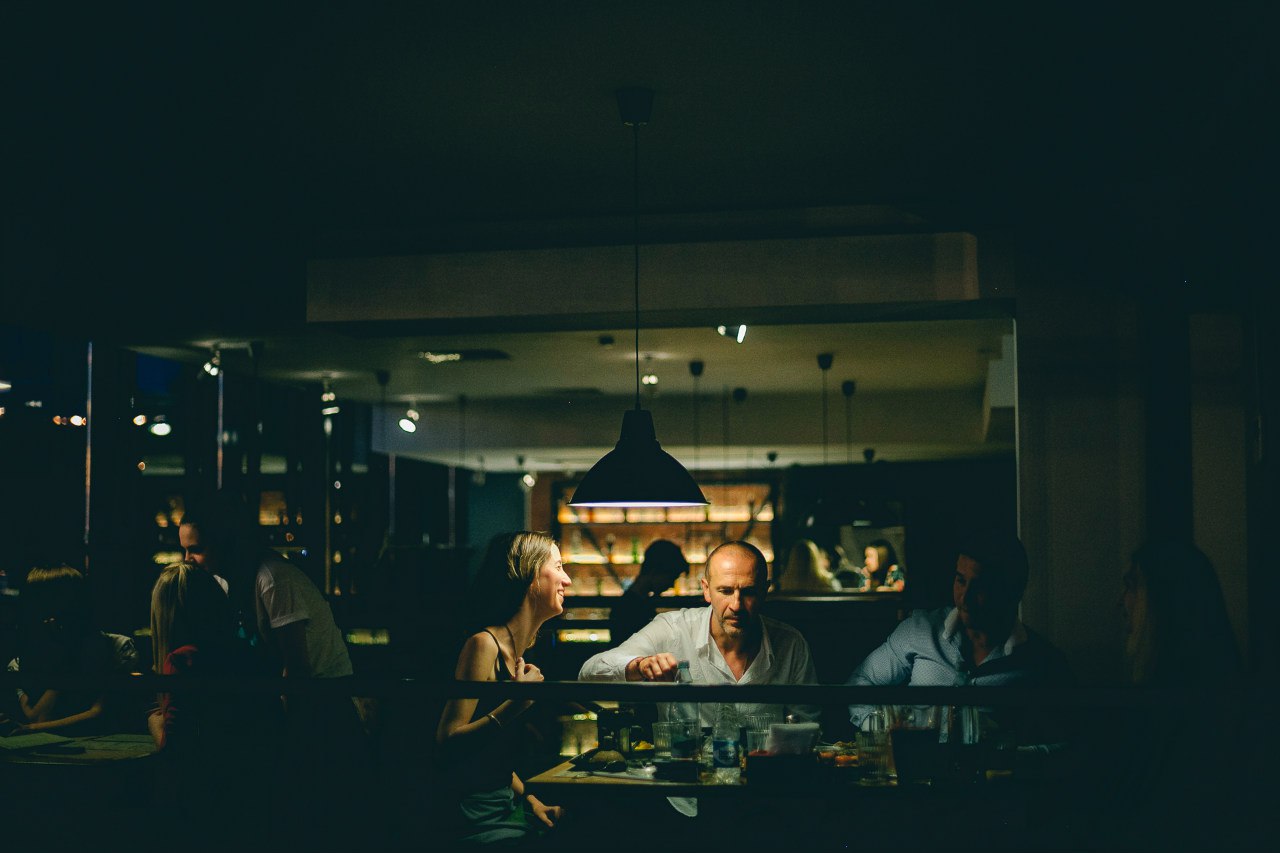
![]() Vasilky (Pobedy square, Moskovskij av., 9-1). This restaurant is considered as a prestigious one with a relaxed atmosphere and a nice interior.
Vasilky (Pobedy square, Moskovskij av., 9-1). This restaurant is considered as a prestigious one with a relaxed atmosphere and a nice interior.
![]() Next to Vasilki Zhuravinka is situated (Moskovskij av., 7). If visiting this place at the evening be ready to listen to some live music and for big companies, there's an option to reserve long tables at the second level.
Next to Vasilki Zhuravinka is situated (Moskovskij av., 7). If visiting this place at the evening be ready to listen to some live music and for big companies, there's an option to reserve long tables at the second level.
![]() Gastronomic bar Ugol 90 (Moskovskij av., 7) is probably one of the coolest places in the city. Though the menu positions are overpriced, the dishes are tasty and beautifully served.
Gastronomic bar Ugol 90 (Moskovskij av., 7) is probably one of the coolest places in the city. Though the menu positions are overpriced, the dishes are tasty and beautifully served.
![]() In the Café Tiflis (Chapayev str., 7) all dishes are prepared by a Georgian family. Our Tbilisi friends say that everything here tastes just like at home. So we strongly recommend you to stop over!
In the Café Tiflis (Chapayev str., 7) all dishes are prepared by a Georgian family. Our Tbilisi friends say that everything here tastes just like at home. So we strongly recommend you to stop over!
![]() Eilat (Suvorova str., 16/3) presents itself as a café of Jewish and Middle East cuisines.
Eilat (Suvorova str., 16/3) presents itself as a café of Jewish and Middle East cuisines.
![]() Chinese exotics can be found at the Golden Dragon restaurant near the Uspenskiy Cathedral (Krylova str., 10). Here you can taste the most delicious sushi in town.
Chinese exotics can be found at the Golden Dragon restaurant near the Uspenskiy Cathedral (Krylova str., 10). Here you can taste the most delicious sushi in town.
![]() "Belarusian dishes only" restaurant is called Liamus and it is situated at (Pobedy av., 1). It has its own brewery. The interior is decorated in a traditional style with uniquely designed crockery and the service is one of the best in the city.
"Belarusian dishes only" restaurant is called Liamus and it is situated at (Pobedy av., 1). It has its own brewery. The interior is decorated in a traditional style with uniquely designed crockery and the service is one of the best in the city.
![]() In the historic heart of the city, next to the Ratusha, the Vitebsk pub is located (Suvorova str., 2). Among pros are picturesque arches of the 19th century, beer list, delicious food, smoke room and a cozy terrace. This place is old, popular, and in the meantime not really cheap.
In the historic heart of the city, next to the Ratusha, the Vitebsk pub is located (Suvorova str., 2). Among pros are picturesque arches of the 19th century, beer list, delicious food, smoke room and a cozy terrace. This place is old, popular, and in the meantime not really cheap.
![]() A new place with a pleasant interior and European cuisine, Brevis, is situated on Gogol str., 11.
A new place with a pleasant interior and European cuisine, Brevis, is situated on Gogol str., 11.
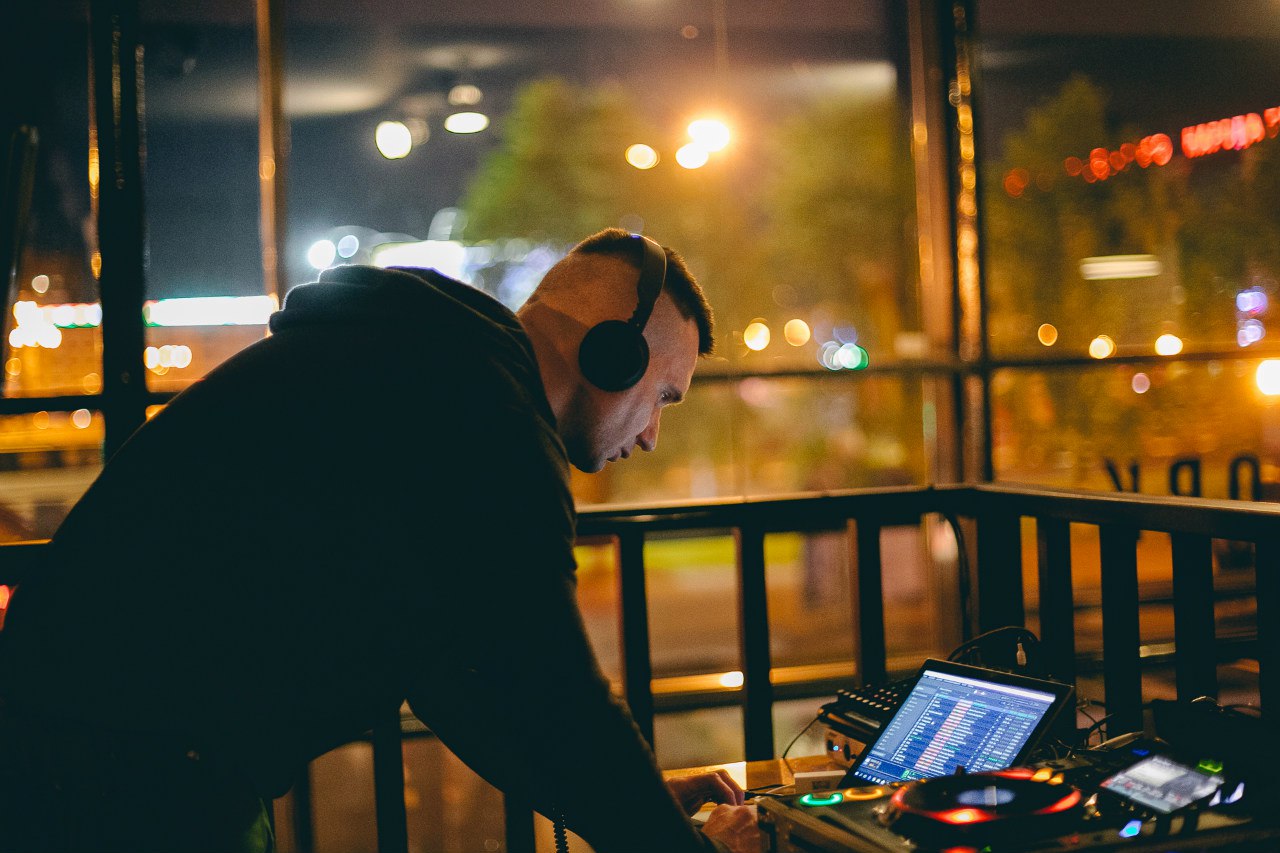
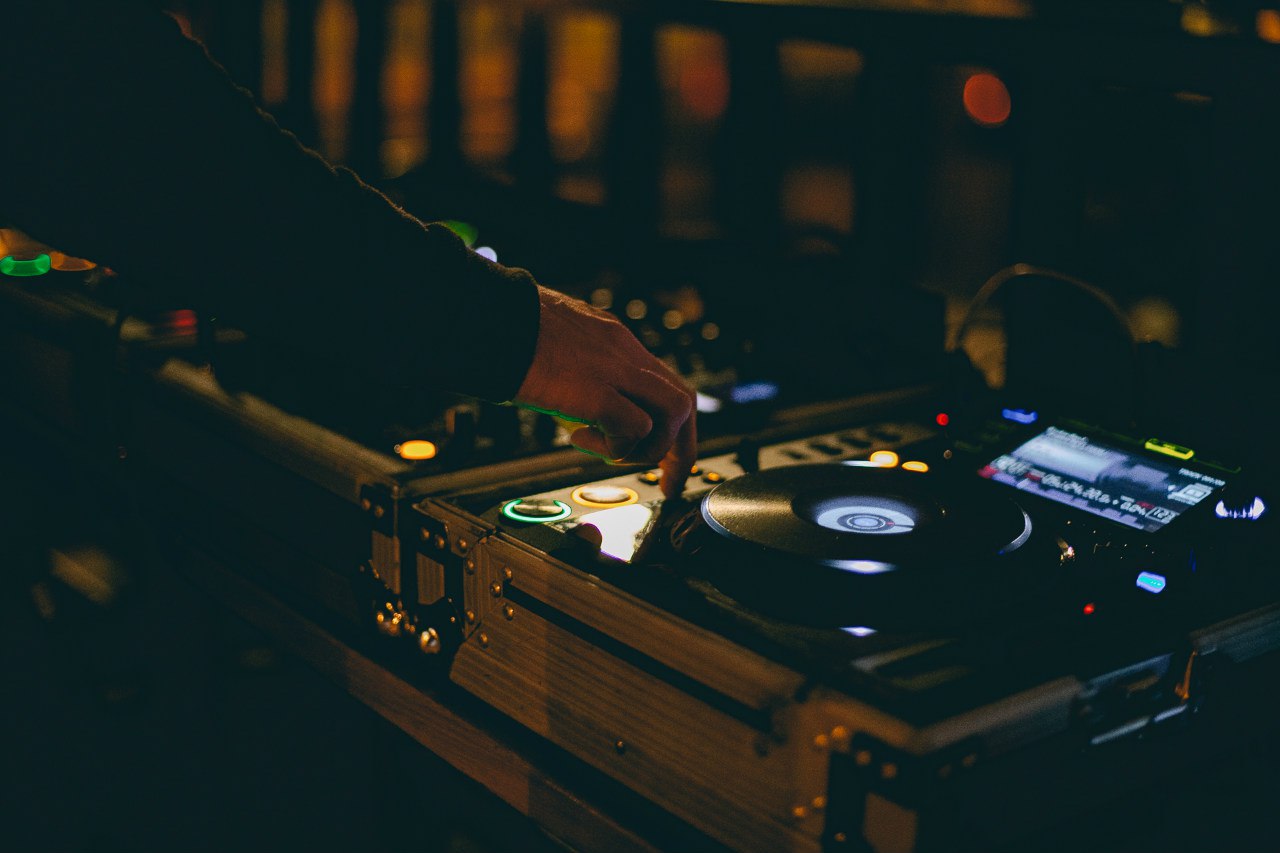
![]() There's a story that once during the international meeting at the Vitebsk Government Office clerks wide-eyed at the request of a German colleague, who asked to take him to some music loft that none of the clerks have ever heard about. Beatles-Club Cherdachok (Octyabrskaya str., 12) is a cult place not only in Belarusian scale. This is a club in the classic sense, where the party is planned for certain dates and events: jazz and rock concerts, exhibitions, hand-made goods fairs, night programs with live sound and cover bands. The site is under the roof of a heritage asset and has no working hours, so check the event poster.
There's a story that once during the international meeting at the Vitebsk Government Office clerks wide-eyed at the request of a German colleague, who asked to take him to some music loft that none of the clerks have ever heard about. Beatles-Club Cherdachok (Octyabrskaya str., 12) is a cult place not only in Belarusian scale. This is a club in the classic sense, where the party is planned for certain dates and events: jazz and rock concerts, exhibitions, hand-made goods fairs, night programs with live sound and cover bands. The site is under the roof of a heritage asset and has no working hours, so check the event poster.
![]() Also, there are some clubs that were quite popular in the early 2000s, and in spite of a long time passed they're still working. Among them there are Planeta (Stroitelej str., 3), Continent (Stroitelej str., 1), Passaz (Lenina str., 33). The spirit of those places is far from Western Club exemplars, but for general knowledge, it is useful to visit them in order to learn more about city nightlife.
Also, there are some clubs that were quite popular in the early 2000s, and in spite of a long time passed they're still working. Among them there are Planeta (Stroitelej str., 3), Continent (Stroitelej str., 1), Passaz (Lenina str., 33). The spirit of those places is far from Western Club exemplars, but for general knowledge, it is useful to visit them in order to learn more about city nightlife.
![]() Cafe Kniaz Olgerd (Tolstoy str., 2A). According to legend, the Chairman of the regional Government Office issued a directive to open the place associated with the name of the Grand Duke. Vitebskhlebprom opened a place as best they could have done that − a pavilion on the shores of Vitsba river stands next to the monument of the Duke. This place is filled up with stereotypes about soviet past, drunken visitors in the darkness of the hall and unfair sales personnel. In all fairness, it should be noted that the hall is often leased for holidays and customers leave the place satisfied.
Cafe Kniaz Olgerd (Tolstoy str., 2A). According to legend, the Chairman of the regional Government Office issued a directive to open the place associated with the name of the Grand Duke. Vitebskhlebprom opened a place as best they could have done that − a pavilion on the shores of Vitsba river stands next to the monument of the Duke. This place is filled up with stereotypes about soviet past, drunken visitors in the darkness of the hall and unfair sales personnel. In all fairness, it should be noted that the hall is often leased for holidays and customers leave the place satisfied.
![]() There's place with the unchanged since 1980 's interior – bar Zolotaya rybka (Chkalova str., 5). Dryaniki (hashbrowns) are sold by a piece, beer costs € 1 and an unexpected dish – roasted beans are served here. But for some mold on the ceiling and a mob sitting at the table on the left, you may decide that you are in paradise.
There's place with the unchanged since 1980 's interior – bar Zolotaya rybka (Chkalova str., 5). Dryaniki (hashbrowns) are sold by a piece, beer costs € 1 and an unexpected dish – roasted beans are served here. But for some mold on the ceiling and a mob sitting at the table on the left, you may decide that you are in paradise.
![]() Torvald (Tolstova str., 1) is the only art-pub in the city and to top it off it's an Irish one, with a huge selection of beers and a platform for alternative (and not only) concerts and lectures.
Torvald (Tolstova str., 1) is the only art-pub in the city and to top it off it's an Irish one, with a huge selection of beers and a platform for alternative (and not only) concerts and lectures.

the map of all the places from the guide
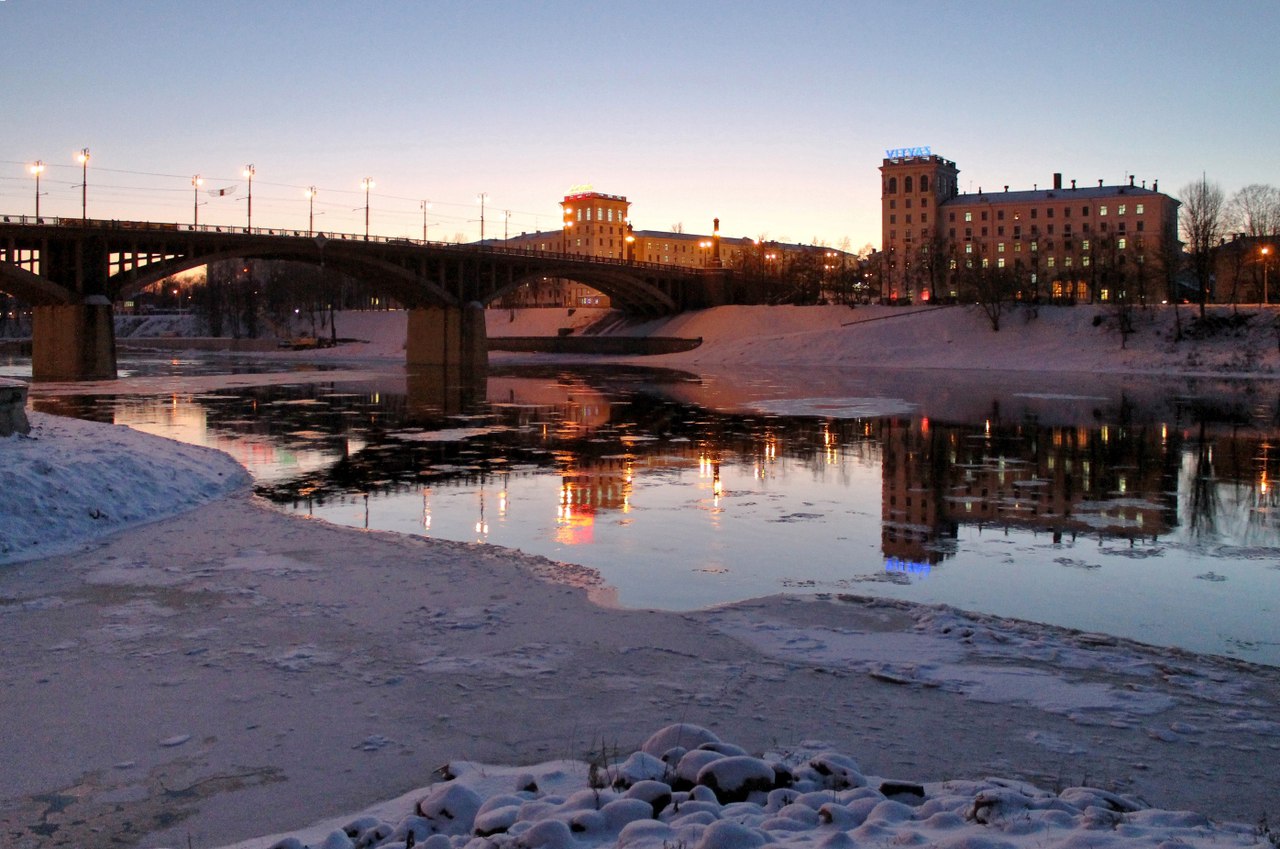
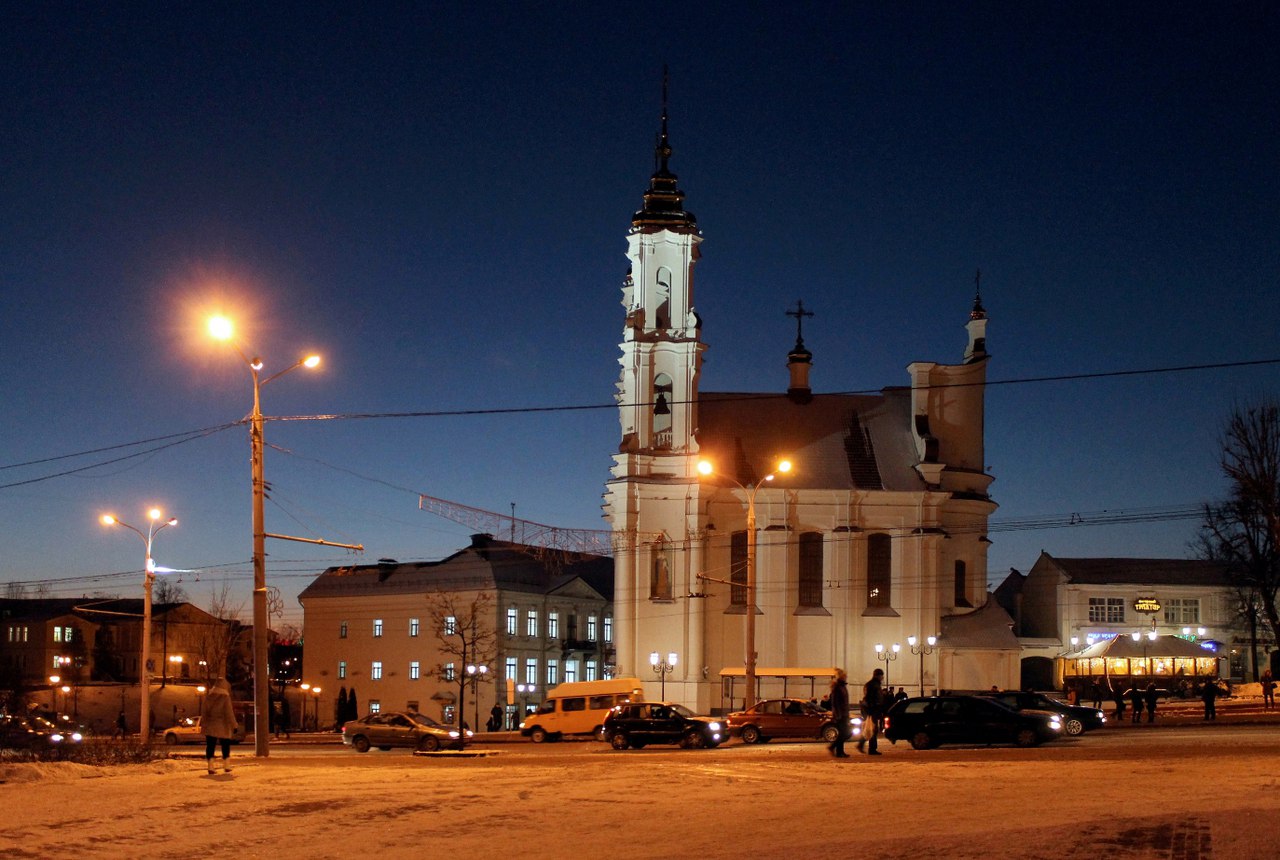
![]() Guide around Vitebsk written in Belarusian – 34mag.net/pravincyja
Guide around Vitebsk written in Belarusian – 34mag.net/pravincyja
![]() Some info on what is happening in the cultural and social life of the city – vitebsk4.me
Some info on what is happening in the cultural and social life of the city – vitebsk4.me
![]() Public transport: check for the bus schedule here, for trolleybuses and trams here
Public transport: check for the bus schedule here, for trolleybuses and trams here
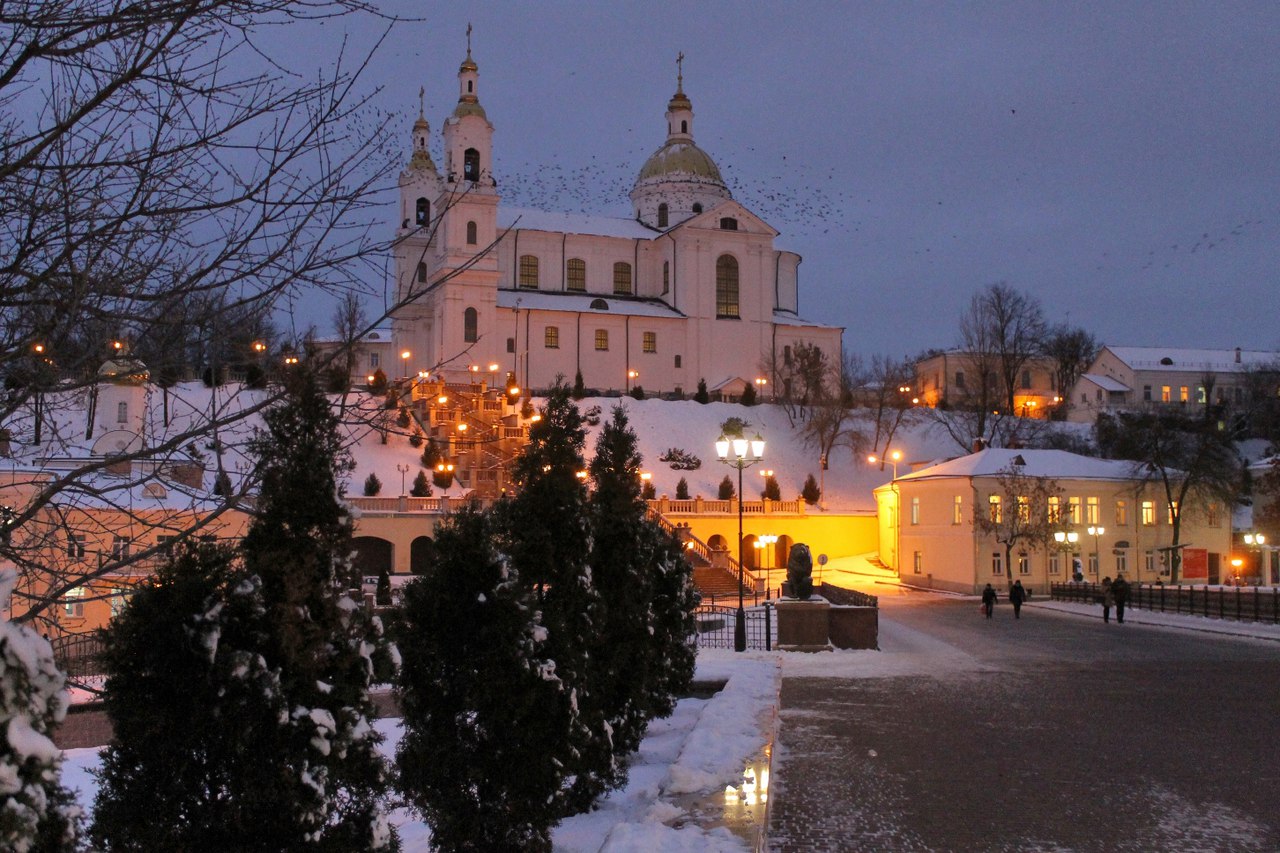
The material was prepared on the basis of the following guide: from the project "Province".
Text by Raman Voranau, Tania Alipchilova, translated by Vlad Sivakov.
Photo by palasatka, Masha Vasilkova, Juras Shepeleu, Alexandr Kuzmin
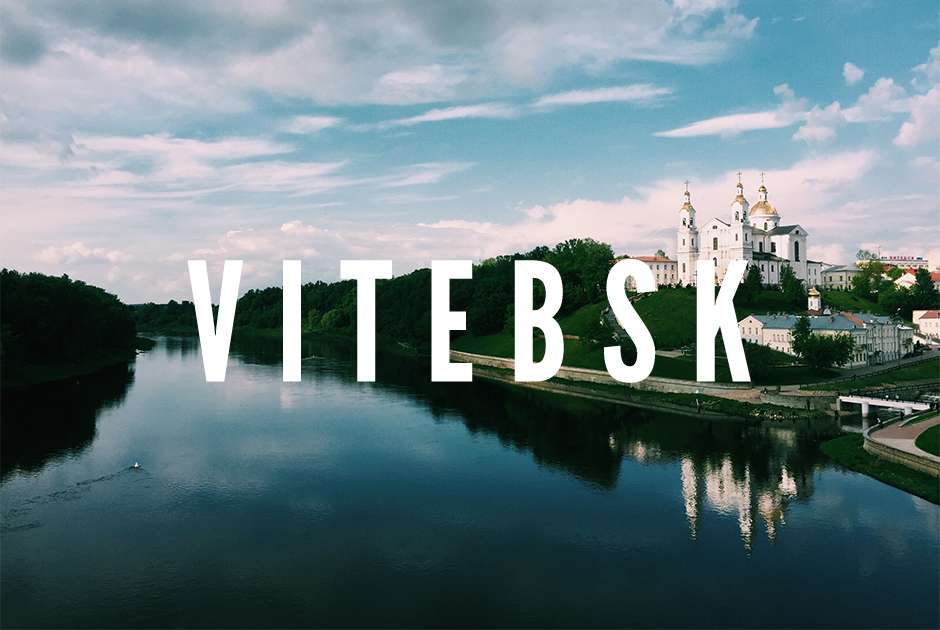
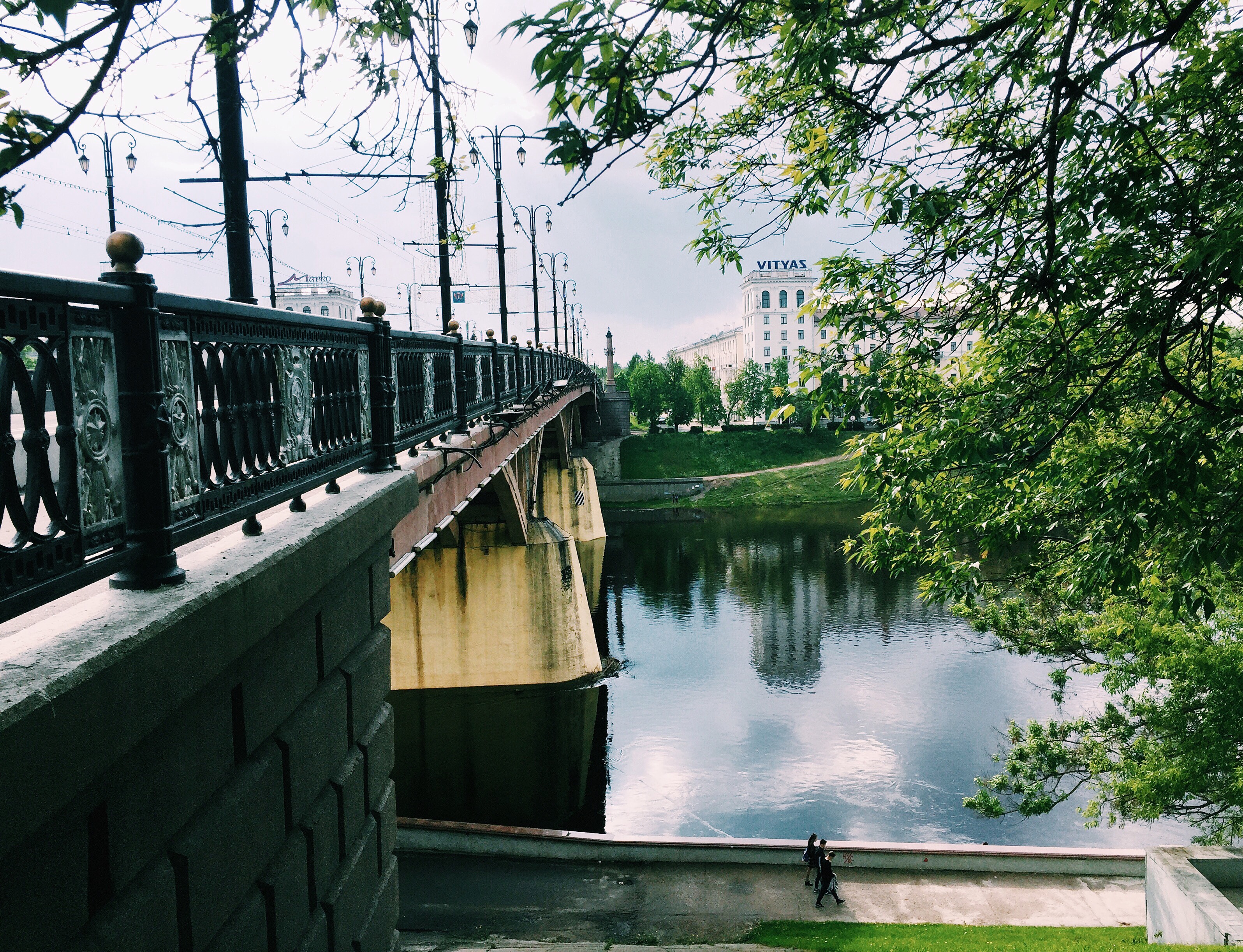
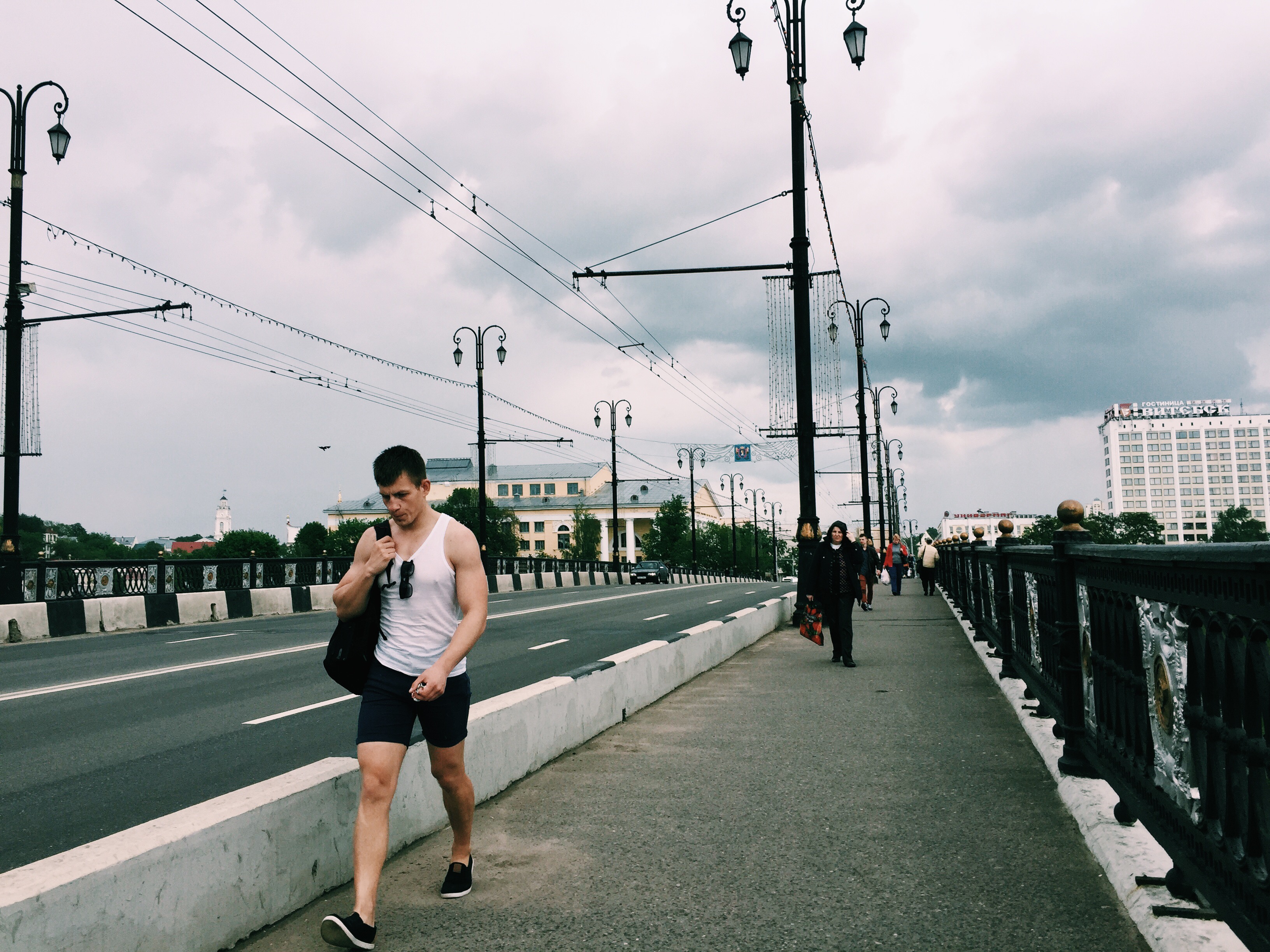
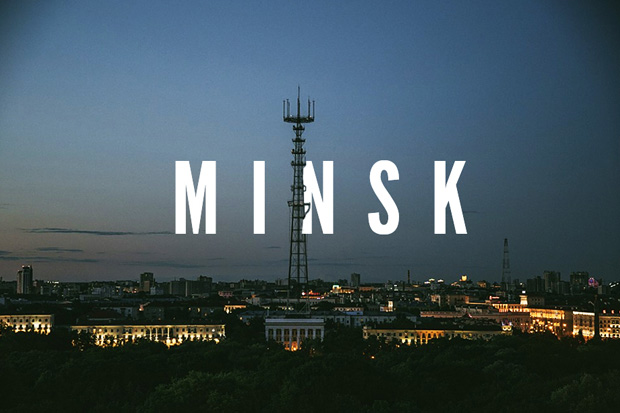
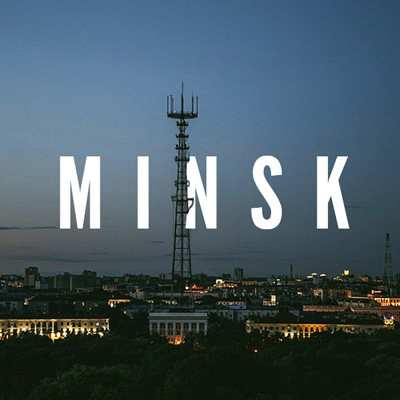
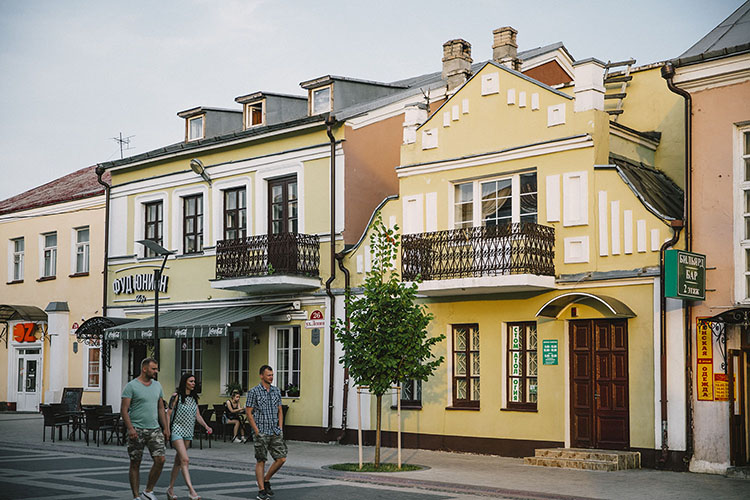
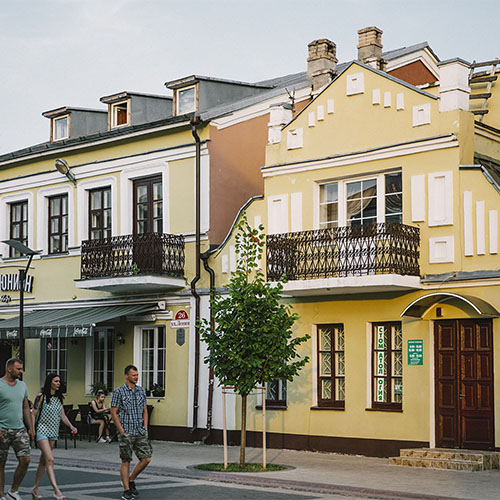
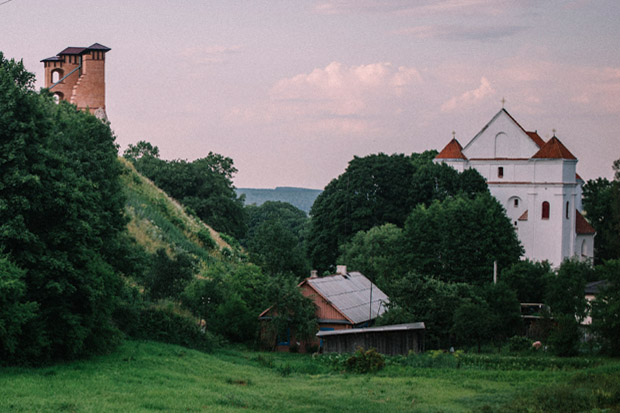
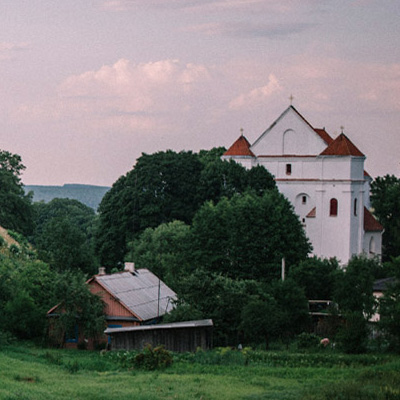
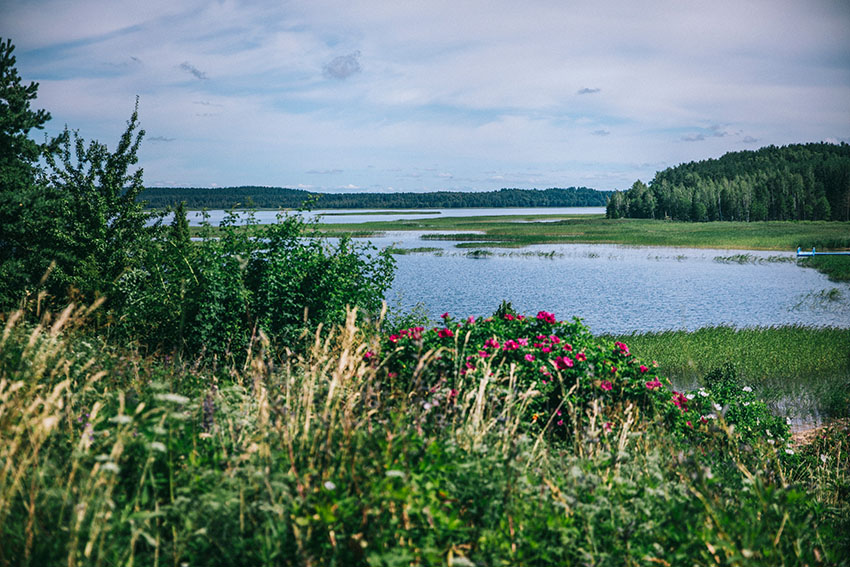
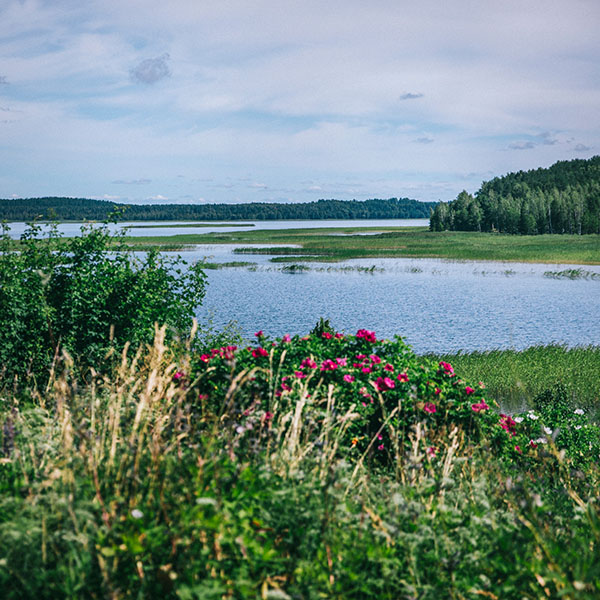
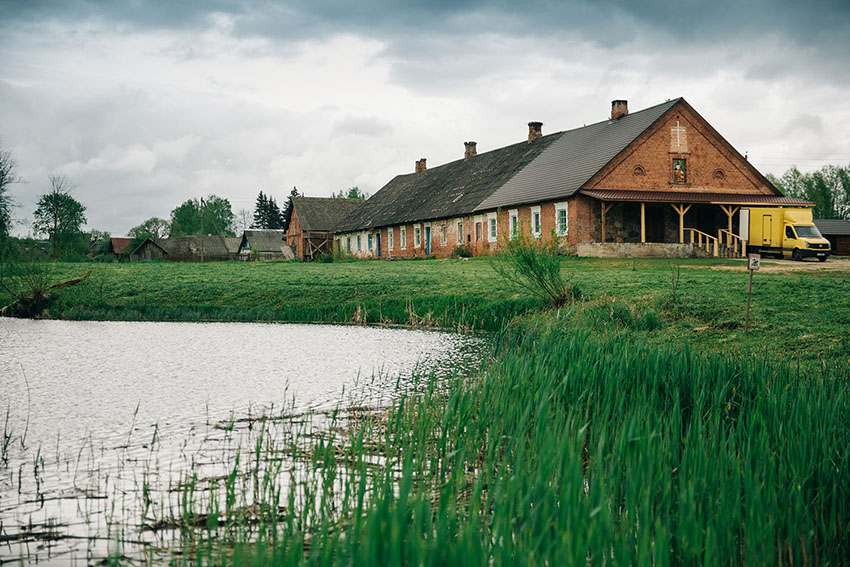
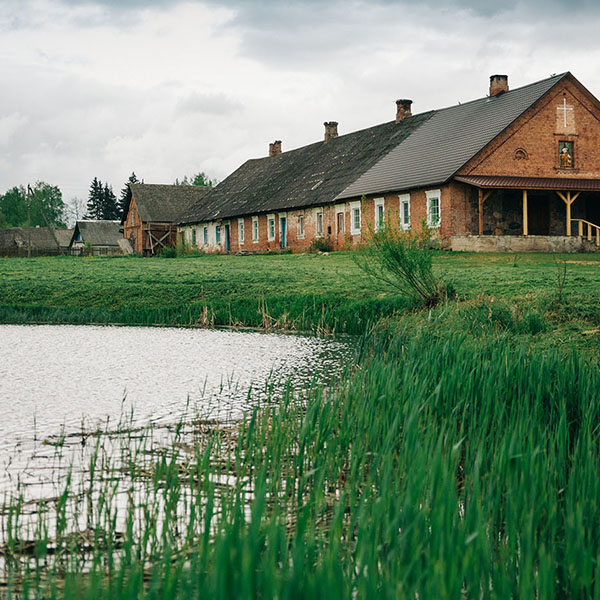
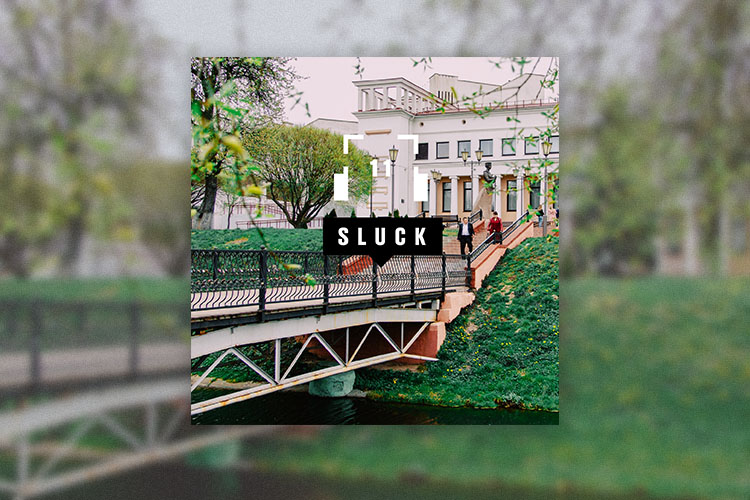
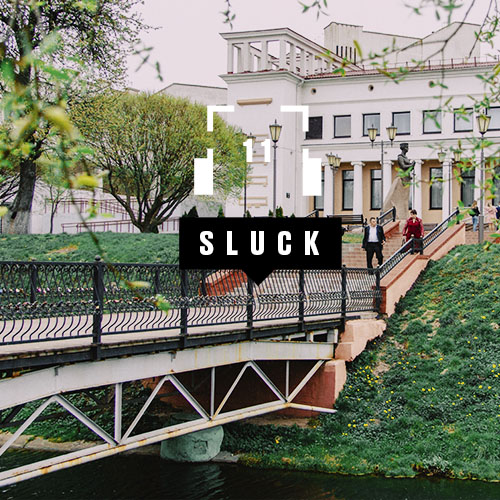
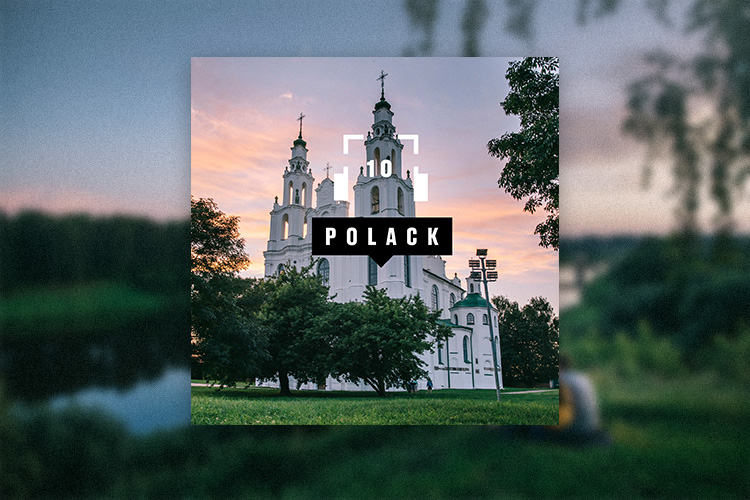
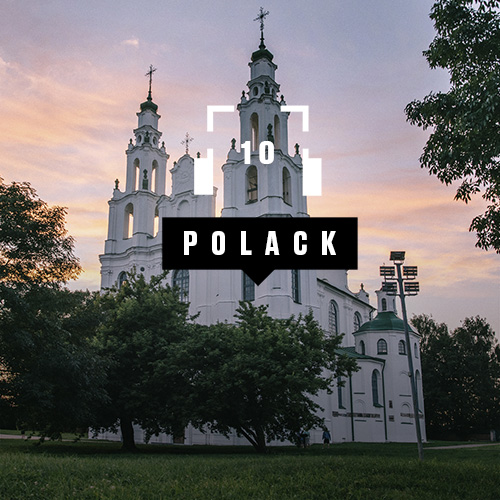
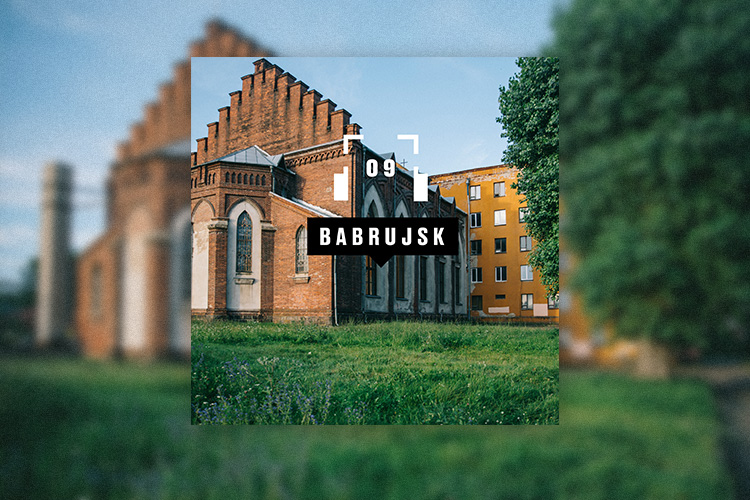
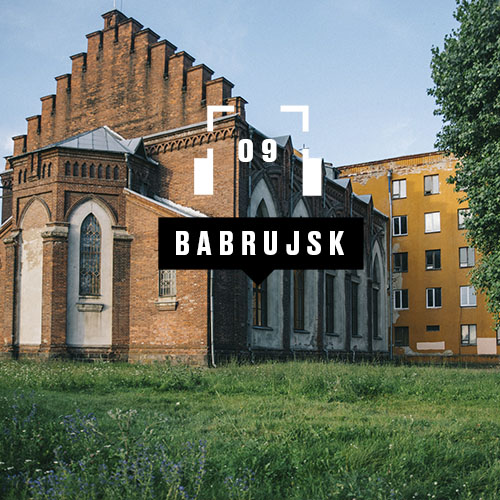
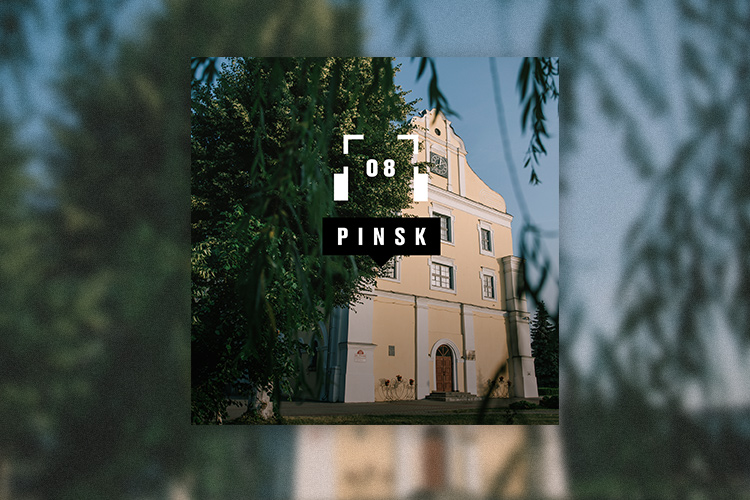
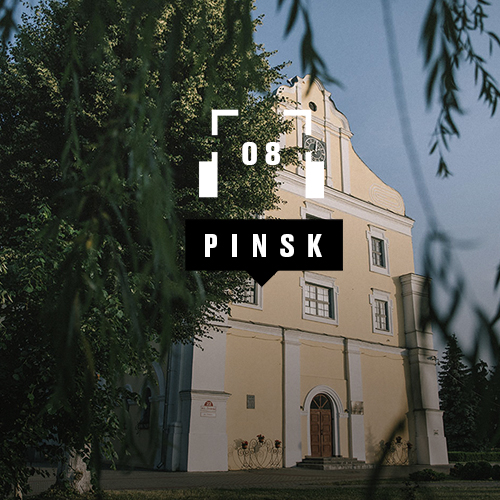
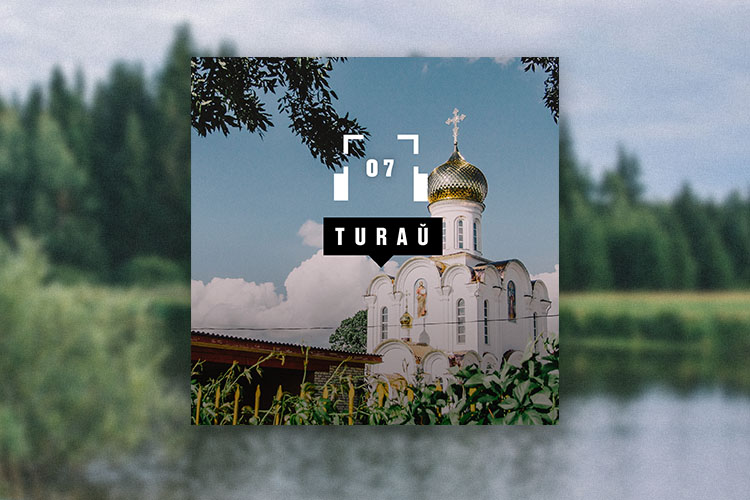
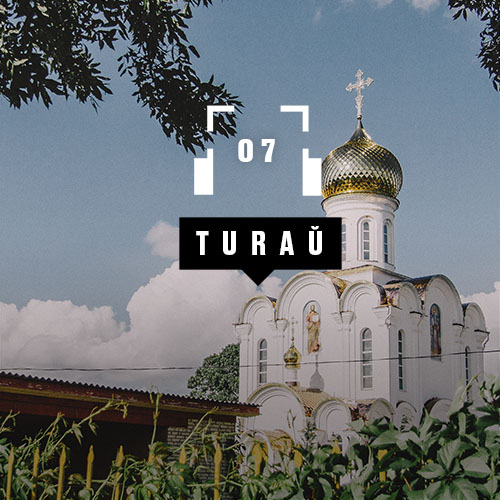
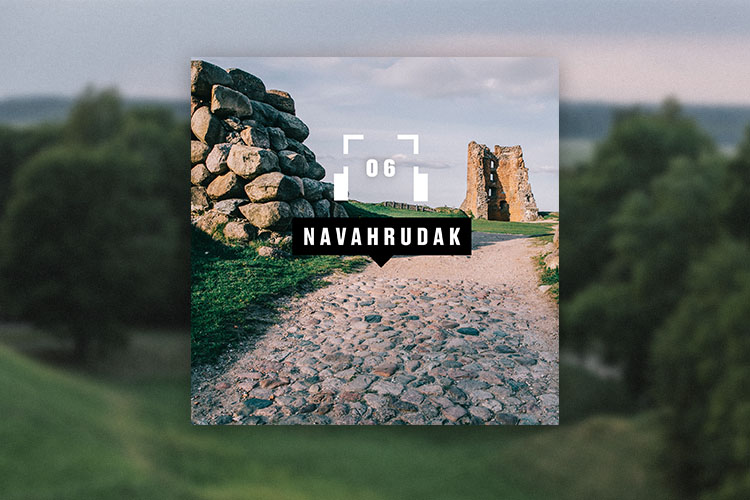
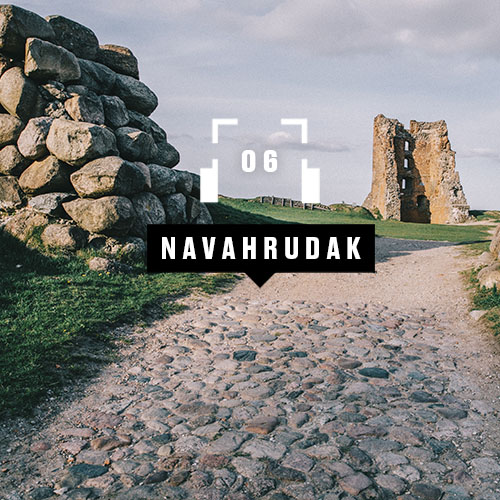
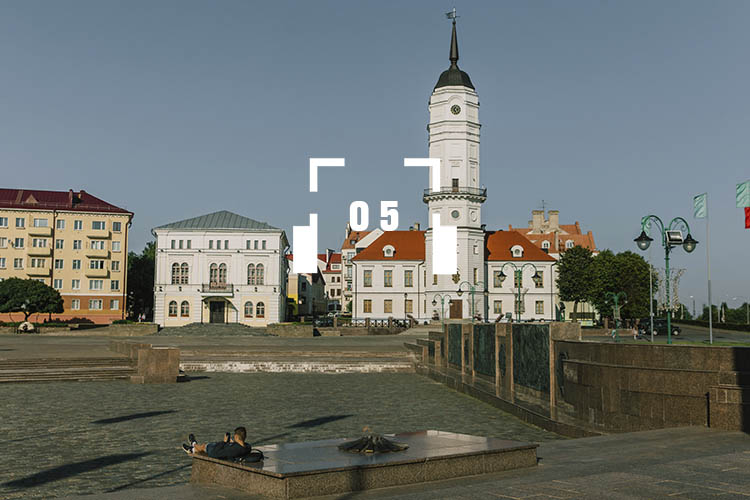
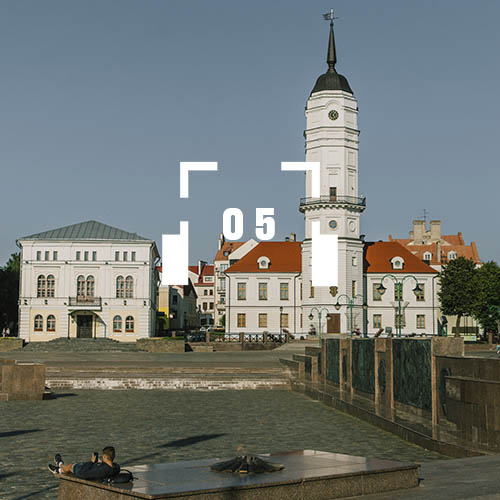
Comments (2)
I have to admit there are a number of spelling and style mistakes in your guide...
Who needs a guide, translator or meeting help- contact me
+375336512222